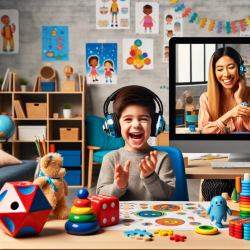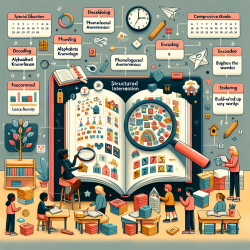As a Special Education Director, you know that Individualized Education Program (IEP) planning and meetings are critical to ensuring the success of students with special needs. Effective IEP meetings not only comply with legal requirements but also foster collaboration among educators, therapists, and parents. Here’s how you can master IEP planning and meetings to create a positive and productive experience for everyone involved.
Preparation is Key
Before the meeting, gather all relevant information about the student, including academic performance, behavioral observations, and progress reports from teachers and therapists. Having a comprehensive understanding of the student's needs will help you facilitate a more effective discussion.
Engage Parents as Partners
Parents are invaluable members of the IEP team. Encourage their active participation by providing them with information about the meeting's agenda and objectives in advance. During the meeting, listen to their concerns and insights, and ensure their voices are heard. This collaborative approach not only builds trust but also results in a more tailored and effective IEP.
Utilize Online Therapy Services
With the growing demand for specialized services and the challenge of therapist staffing shortages, online therapy services like TinyEYE can be a game-changer. Telepractice jobs offer flexibility and access to a wide range of specialists who can contribute to the IEP process. Incorporating online therapy into your IEP plans can provide consistent and high-quality support for students.
Set Clear, Achievable Goals
One of the primary purposes of an IEP meeting is to set measurable goals for the student. These goals should be specific, attainable, and tailored to the student's unique needs. Collaborate with the IEP team to define clear objectives and outline the steps necessary to achieve them. Regularly review and adjust these goals as needed to ensure continuous progress.
Foster Open Communication
Effective communication is essential for successful IEP meetings. Create an environment where all team members feel comfortable sharing their perspectives and suggestions. Use clear and jargon-free language to ensure everyone understands the discussion. Open communication helps build a strong team dynamic and ensures that the IEP is comprehensive and effective.
Follow Up and Review
After the IEP meeting, it's crucial to follow up on the agreed-upon actions and monitor the student's progress. Schedule regular check-ins with teachers, therapists, and parents to review the IEP's effectiveness and make any necessary adjustments. Continuous monitoring and collaboration ensure that the student receives the support they need to thrive.
Embrace Technology
Technology can significantly enhance the IEP planning and meeting process. Use digital tools to organize and share information, schedule meetings, and track progress. Online platforms can also facilitate virtual meetings, making it easier for all team members to participate, regardless of their location. Embracing technology can streamline the process and improve the overall efficiency of IEP meetings.
By following these tips, you can master IEP planning and meetings, ensuring that every student receives the personalized support they need to succeed. Remember, the goal is to create a collaborative and positive experience that benefits the student, their family, and the entire IEP team.










